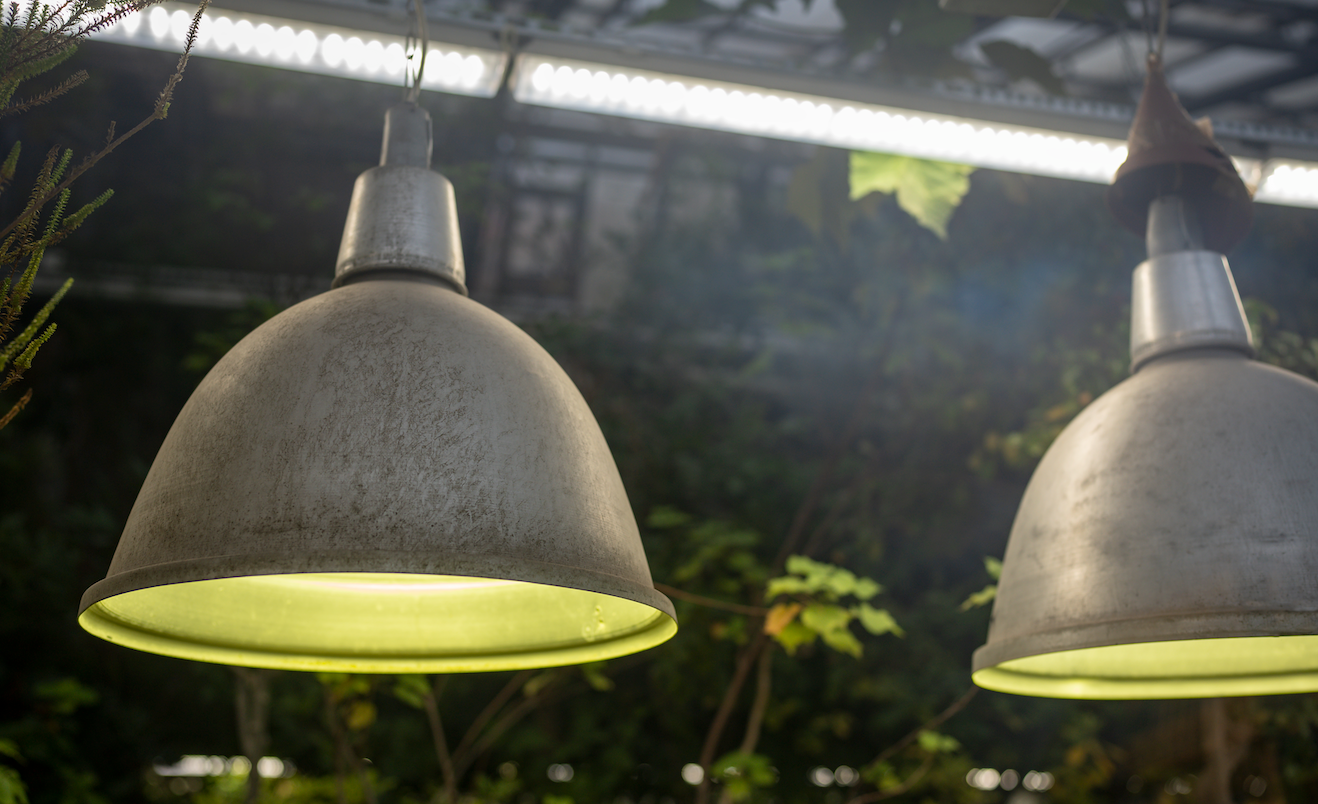Ideal Nutrient Mix for Hydroponic Lettuce and other Greens

Growing Leafy Greens: The Ideal Nutrient Mix for Hydroponic Lettuce and other Non-Flowering Plants
Hydroponic plants that don’t flower or fruit require significantly less nutrient than those that do. If you are growing basil, lettuce, or other leafy greens and herbs, here are some tips on how to make a nutrient solution to keep them growing fast and healthy.
- The main nutrient plants need to create lots of leaves is nitrogen. As they grow, this is what they use the fastest. Most hydroponic nutrients are labeled as “grow” or “bloom.” Leafy greens and herbs will always use only the “grow” nutrients. You never have to buy bloom, because of course you don’t want them to bloom. Grow nutrients contain more nitrogen and less phosphorus and potassium.
- Besides the grow nutrient, all hydroponic plants need calcium. This often comes in a separate bottle, usually mixed with magnesium. Check that your grow nutrient contains calcium. If not, buy it separately.
- The EC of your nutrient mix for hydro plants will change depending on the size of your plants. Seedlings only need an EC of around 0.4-0.7 mS/cm. They don’t uptake very much nutrient since they are so small. Don’t give them too much. It will burn them and stunt their growth.
- As your plants grow, they need more nutrients. During the period of fastest growth, you can boost the EC for hydroponic greens and herbs. I like to keep a steady EC of 1.5 mS/cm during the summer (or indoors if you are keeping it bright and hot.)
- For best results, top off your reservoir with water first. Then check the EC. Add nutrients to bring the EC up, and stir the nutrient solution well before it waters again.

- Write everything down! Keep a notebook next to your system and note the EC every day and how much nutrient you add. Also write down observations about your plants. This way if things start to go wrong you will have historic data and you can figure out how to fix mistakes.
- Dump out your nutrient solution at least once a month and start with fresh clean water and nutrients. Plants use different nutrients at different rates. You may still have an EC of 1.5 mS/cm after a month but the nutrients are way out of balance. EC only measures dissolved solids, not which nutrients are available. The used nutrient solution can be given to your non-hydroponic houseplants or soil garden plants.
- If your hydroponic lettuce or herbs look like they have a nutrient deficiency, don’t try to analyze what it is. Just dump out the solution and give them fresh nutrients.
Finally, keep your instruments clean and store them according to the manufacturer’s instructions. Keep delicate meters out of direct sun. Store them in distilled water or weak nutrient solution (or dry, read the directions!!) and calibrate them frequently.
For more great content check out the Proponics YouTube channel below!

By Meredith Martin
Meredith Martin started a small hydroponic farm in 2004. Within a few years, it was supplying basil to more than 20 supermarkets. She has since sold the farm and now spends most of her time skiing, windsurfing and travelling.




